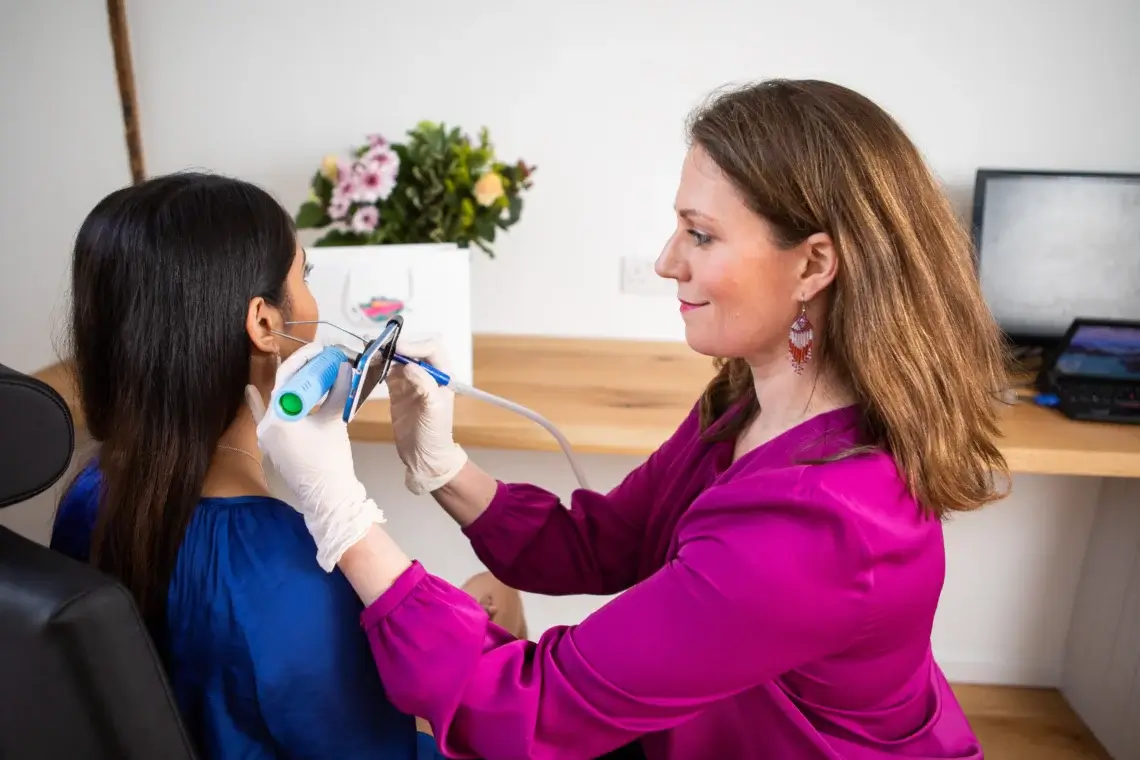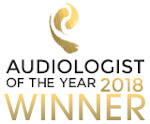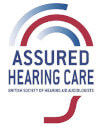The Hearing Knowledge Hub
-
Your rights in the workplace – access to work
If you’re on the look-out for a new role, look for an employer that’s part of the Disability Confident scheme. New year, new job? A new year is typically the time when many people think about making changes in different areas of their life. If you’re living with hearing loss or auditory processing disorder (APD) and struggle in your current role to get the support you need, you might be looking around for a new opportunity. Hearing loss and deafness affects 5 million people of working age in the UK, or around 12 in every 100 employees. Many employers recognise that hearing loss or APD isn’t a barrier to excellence…
-
Hearing aids reduce the risk of falls
Wearing hearing aids can reduce the risk of falls! According to the NHS, around one in 3 adults over 65 and half of people over 80 will have at least one fall a year. While most falls won’t result in serious injury, those that do can cause broken bones as well as much worse health effects. Studies have shown that older adults with mild hearing loss have double the risk of falling than those without hearing loss. While it’s not yet entirely clear how hearing loss increases the risk of falling, it’s known that hearing and balance are connected because they share a common nerve pathway to the brain. Recent…
-
What is otosclerosis?
People often think of hearing loss as being something older people get, but there’s one middle ear condition – otosclerosis – that can develop in your teens and young adulthood, and where pregnancy is even a risk factor. What causes otosclerosis? Otosclerosis isn’t a common hearing condition. About one or two people in 100 develop it, but it tends to develop between the ages of 15 and 35. It’s caused when the stapes, the smallest bone in the body but one which is vital to our hearing, gets fixed to the surrounding structure and stops vibrating. Because it’s no longer moving, the stapes stops transmitting sound to the inner ear,…
-
Game changing clinical trials coming soon!
A cell therapy to improve hearing could transform the lives of millions of people with hearing loss, new research suggests. The therapy will see the first clinical trial of a stem cell treatment for hearing loss, building on research that resulted in 40% improved hearing in preclinical tests. Sheffield-based biotech company Rinri Therapeutics hopes to start clinical trials in the next two years in people with severe-to-profound age-related hearing loss. Rinri’s work was founded on pioneering research into regenerative cell therapy, led by Professor Marcelo Rivolta at the University of Sheffield. Rinri’s cell therapy, Rincell-1, is for patients with auditory neuropathy, a form of hearing loss which occurs when sounds…
-
Binaural interaction for spatial hearing skills
Discover the fascinating world of binaural interaction and how it enhances spatial hearing skills.
-
Experience the Benefits of Oticon Real Hearing Aids
Discover the incredible benefits of Oticon Real Hearing Aids and experience a world of clear, natural sound.
-
Which earplugs will give the best protection?
Scientists are working to better understand noise induced hearing loss so we can improve the hearing protection that’s available and even enhance regulations around what companies need to do to protect their workforce. One of the key challenges is that there are different types of sound, and therefore noise exposure. At work or at play, some people are exposed to continuous, long-duration noises, while others may be subject to loud and fast sounds (called ‘impulsive’ noise). What noise are you at risk from? Levels of continuous noise are easier to test, but different loud and fast sounds can cause different types of hearing damage. What’s more, the impact this type…
-
hearing aid programming using real ear measurements
Discover the revolutionary approach to hearing aid programming using real ear measurements.
-
Looking for a hearing aid that offers the ‘real sounds of life’?
A few months ago Oticon launched a new ‘Real’ hearing aid range designed to recognise all types of sound, and how they should ideally sound. With the Oticon Real range you get to experience sounds as they should be heard. Oticon calls this BrainHearing™ technology as it means your brain can then function at its best as it doesn’t need to fill in the gaps of sound that you might otherwise miss. The Oticon Real range also handles potentially jarring sounds adeptly. Wind, unexpected loud noises – even the noise caused by you touching your hearing aids – is balanced and smoothed. The Real range also offers impressive speech clarity,…
-
The Ultimate Guide to Endoscopic Earwax Removal.
Endoscopic Ear wax removal Earwax, also known as cerumen, is a necessary and natural substance produced by the ear to protect and lubricate the ear canal. In normal circumstances, earwax migrates out of the ear canal on its own, carrying with it any dust, dirt, or debris that may have collected. However, sometimes earwax can accumulate and cause discomfort or even impair hearing. When this occurs, endoscopic ear wax removal can be a highly effective solution. What is Endoscopic Ear Wax Removal? Endoscopic ear wax removal is a modern and minimally invasive technique used to safely remove excess earwax from the ear canal. It involves the use of a specialised…














